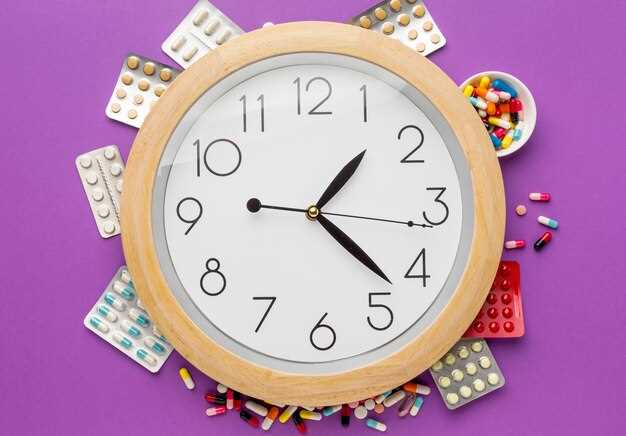
Are you looking for a solution to your health issues? Look no further! Metronidazole, when combined with alcohol, can work wonders after just 48 hours. This powerful combination can help you fight infections effectively and get back on track to a healthier you.
Experience the benefits of Metronidazole and alcohol synergy today!
Interaction with Alcohol
It is important to note that Metronidazole should not be taken with alcohol or any medications that contain alcohol. Mixing alcohol with Metronidazole can cause unpleasant side effects such as nausea, vomiting, headache, and dizziness.
Alcohol Interaction: When consumed together, alcohol and Metronidazole can interfere with the effectiveness of the medication and may lead to serious health risks. It is advised to avoid alcohol while taking Metronidazole and for at least 48 hours after completing the course of treatment.
Side Effects Warning:
Do not consume alcohol while taking Metronidazole to prevent adverse reactions and ensure the medication works effectively.
Interaction with Alcohol
Metronidazole is an antibiotic that is used to treat various bacterial and parasitic infections. It is important to note that consuming alcohol while taking Metronidazole can lead to severe side effects. When alcohol is combined with Metronidazole, it can cause symptoms such as nausea, vomiting, headache, flushing, and rapid heart rate.
Alcohol can also reduce the effectiveness of Metronidazole in treating the infection. It is recommended to avoid alcohol while taking Metronidazole and for at least 48 hours after completing the course of treatment to prevent adverse reactions.
Always consult your healthcare provider or pharmacist before consuming alcohol while taking Metronidazole to avoid any potential risks and ensure the effectiveness of the treatment.
Usage Instructions
Metronidazole is an antibiotic medication that is used to treat various bacterial and parasitic infections. It is important to follow the usage instructions provided by your healthcare provider or pharmacist to ensure the medication works effectively.
Here are some general guidelines for taking Metronidazole:
| 1. Dosage: | Take Metronidazole exactly as prescribed by your healthcare provider. Do not alter the dosage or stop taking the medication without consulting your doctor. |
| 2. Timing: | Take Metronidazole at evenly spaced intervals throughout the day to maintain a constant level of the medication in your body. |
| 3. Duration: | Complete the full course of Metronidazole as prescribed, even if your symptoms improve before the medication is finished. Stopping the medication prematurely can lead to the reoccurrence of the infection. |
| 4. Administration: | Metronidazole can be taken with or without food. Follow the instructions provided by your healthcare provider to ensure optimal absorption of the medication. |
| 5. Storage: | Store Metronidazole at room temperature, away from moisture and heat. Keep the medication out of reach of children and pets. |
Usage Instructions
It is important to follow the instructions provided by your healthcare provider or pharmacist when using Metronidazole. The dosage and duration of treatment will vary depending on the condition being treated.
General Usage Guidelines:
| Condition | Dosage | Frequency | Duration |
|---|---|---|---|
| Bacterial Infections | 500 mg to 750 mg | Every 8 hours | 7 to 14 days |
| Parasitic Infections | 500 mg to 750 mg | Every 8 to 12 hours | 7 days to several weeks |
It is important to take Metronidazole at evenly spaced intervals and to complete the full course of treatment even if you start to feel better. Do not skip doses or stop taking the medication without consulting your healthcare provider.
Recommended Dosage
Metronidazole should be taken exactly as prescribed by your healthcare provider. The recommended dosage for adults is typically 500 mg to 750 mg three times a day for 5 to 10 days, depending on the condition being treated. The medication should be taken with food to reduce the risk of stomach upset. It is important to complete the full course of treatment even if you start feeling better.
For pediatric patients, the dosage may vary based on the child’s weight and the specific condition being treated. It is essential to follow the healthcare provider’s instructions and not exceed the recommended dose.
| Age Group | Recommended Dosage |
|---|---|
| Adults | 500 mg to 750 mg three times a day |
| Children | Dosage varies based on weight and condition |
Possible Side Effects

Common side effects:
1. Nausea
2. Headache
3. Metallic taste in the mouth
4. Dizziness
If these side effects persist or worsen, consult your healthcare provider.
Less common side effects:

